
Suffrage development in the Austrian half of the Habsburg Empire
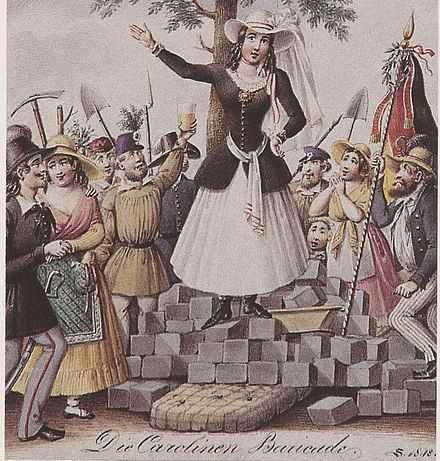
Parliamentary elections
The first elections for the Austrian Parliament were held in June 1848. Conditions for participation were the male sex and independence. Workers were prevented from casting their votes. Women were excluded despite having participated in the revolution of 1848 and the first women began to speak out – in pamphlets and newspaper articles.
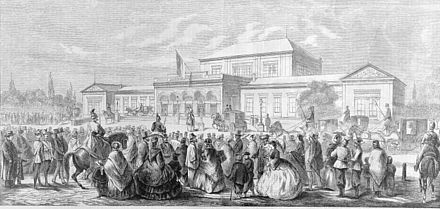
Voting rights for diets of crownlands for property owners and the educated
A few privileged female taxpayers were eligible to vote at municipal level (from 1849) and regional level (from 1861), and a small number of women owning large property could vote for the House of Deputies of the parliament (from 1873).
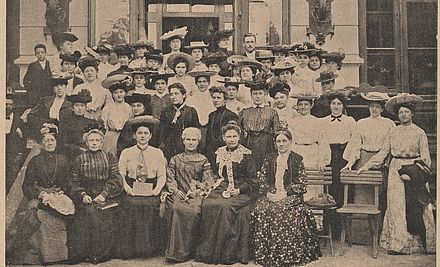
Women’s suffrage movement and withdrawal of voting rights
Between 1884 and 1904, in the course of electoral reforms, female taxpayers were their voting rights taken away on the municipial and regional level in several crownlands. In Lower Austria, this triggered protests and impulses to organize. A women's suffrage movement constituted itself towards the end of the 19th century.
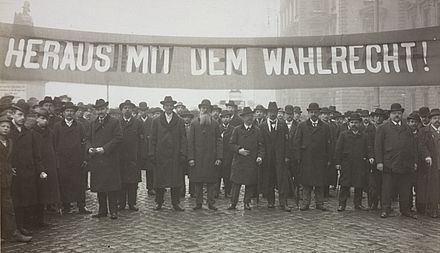
Introduction of universal and equal parliamentary suffrage for men
As time passed, more and more men were given the right to vote and gender as a condition of political rights increased in importance. With the adoption of universal and equal suffrage for men on 26 January 1907, the exclusion of women from all political participation reached its pinnacle.
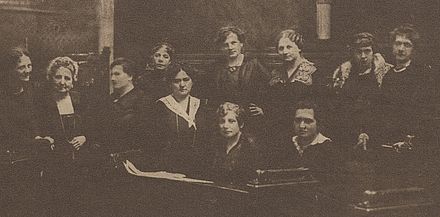
Adoption of universal, equal, direct, secret suffrage for all citizens without gender discrimination
After the collapse of the Habsburg Monarchy, the Republic of German-Austria was proclaimed on 12 November 1918 and women were granted the right to vote and stand for election – for all levels of suffrage (municipality, federal state, National Parliament). After the proclamation of the Republic, twelve women achieved political office in Vienna in 1918 – on the Municipal Council.
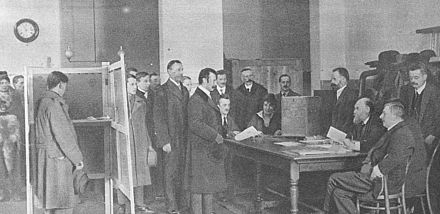
Women exercise the right to vote and stand for election on equal terms for the first time at the election to the parliament
The electoral rules of 18 December 1918 set the voting age at 20. Both sexes could stand for election at the age of 29. Women had now become a decisive and as yet unknown factor in politics. It was at the election to the parliament on 16 February 1919 that all women were able to use their vote on equal terms with men for the first time.
